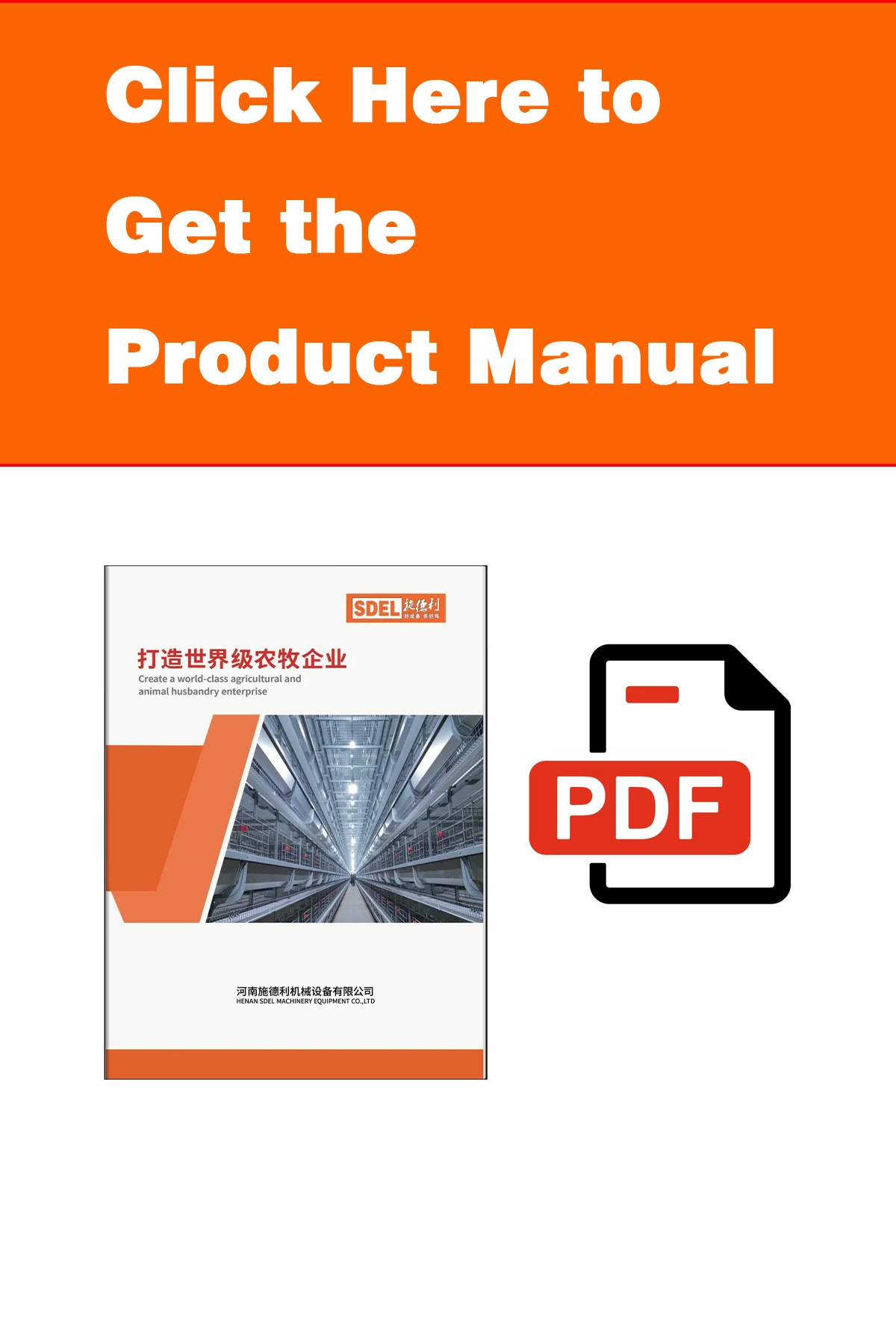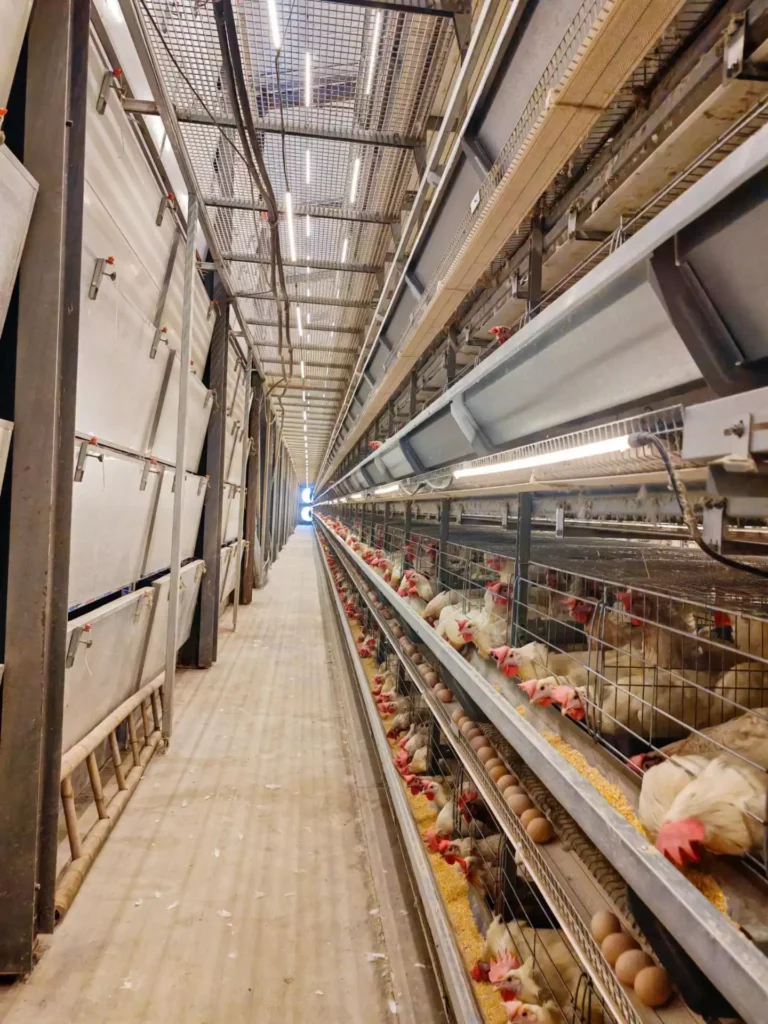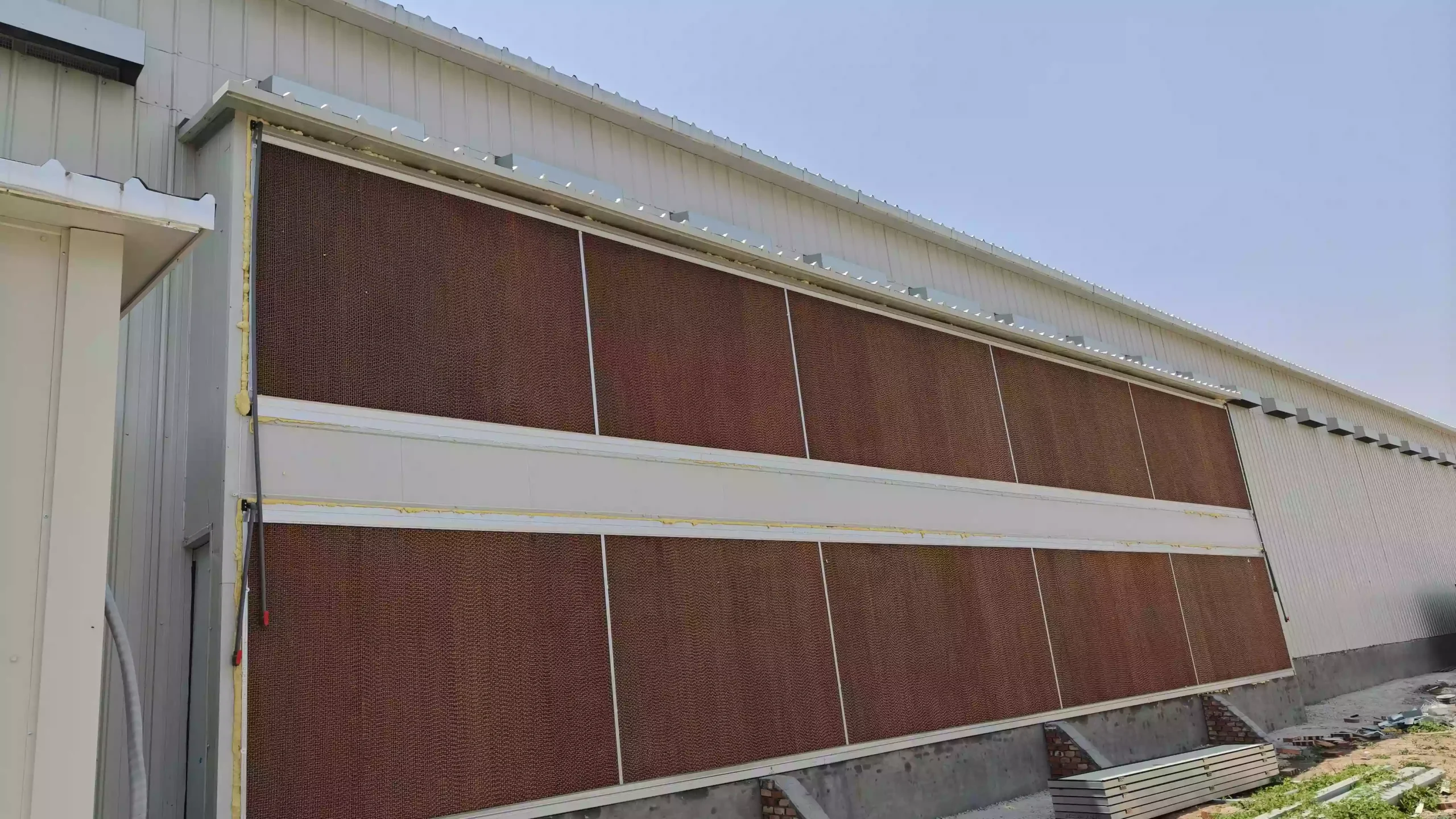Why Uniformity Can MAKE or BREAK Your First Flock: How to Start Rearing Chicken the Right Way
The uniformity of brooding and rearing flocks directly affects the production performance during the late laying period. According to experimental statistics: a 1% decrease in uniformity results in one less egg per hen housed. The critical period for controlling uniformity is during the brooding and rearing phase, where weekly uniformity must be maintained above 80%. Ensuring uniformity meets standards every week is one of the top priorities during this stage.
I. What is Uniformity?
Uniformity refers to the distribution of individual sizes within a population or environment, reflecting the evenness of size distribution. flock uniformity primarily includes body weight uniformity and sexual maturity uniformity. Body weight uniformity is generally determined during the brooding and rearing period.
II. Key Factors Affecting Uniformity
- Individual Weight Variation
Differences in initial chick weights are mainly due to variations in the size of hatching eggs. Uniformity sampling should be conducted on the first day, followed by graded brooding. - Brooding Temperature
Chicks have down feathers instead of full feathers and cannot regulate their body temperature effectively. They are highly susceptible to cold, leading to crowding, piling, diarrhea, and reduced feed intake—resulting in weight loss and early-stage uniformity decline. - Water Lines and Feed Troughs
Insufficient nipple drinkers and feeder space can cause uneven feeding and drinking. Competition for water, in particular, will inevitably reduce uniformity. Additionally, water hygiene is critical; regular monitoring is essential to prevent E. coli and Salmonella contamination. - Feed Quality
Ensuring feed quality requires four key elements:- Scientific feed formulation
- High-quality raw materials
- Appropriately sized feed pellets
- Uniform mixing of all ingredients
Failure in any of these areas can lead to nutritional imbalances, selective feeding, disease outbreaks, and severely impact flock uniformity. It is recommended to purchase feed through platforms like Smart Layers—Layer Mall.
- Stocking Density
Overcrowding leads to competition for living space, feeders, and waterers, reduces fresh air availability per chick, and harms weaker individuals. Crowding also causes stress, triggering E. coli outbreaks and other complex diseases such as chronic respiratory disease—all of which negatively affect uniformity. - Beak Trimming
Inconsistent beak trimming results in varying drinking and feeding speeds among chicks, significantly reducing uniformity, especially after feed restriction in layers.
III. How to Manage Uniformity
- Initial Selection
During the housing process, separate weak or stressed chicks affected by transportation (e.g., high temperature, crowding) and house them in individual cages. - Layered Selection
- First sorting at ~9 days
- Second sorting at ~21 days
- Example for 3-tier A-type cages:
Place larger chicks (>10% above standard) in the upper tier, standard-sized chicks in the lower tier, and smaller chicks (<10% below standard) in the middle tier. - Example for 5-tier H-type cages:
Place larger chicks on Tier 5, standard-sized chicks on Tiers 1, 2, and 4, and smaller chicks on the middle Tier 3. This facilitates management, allowing easier access for frequent interventions such as feed redistribution and moistened feed to stimulate intake and accelerate weight recovery.
- Vaccination Sorting
While ensuring 100% vaccination coverage, coordinate with vaccinators to identify and separate smaller chicks during the process. Vaccinators should manually select thin, weak, lethargic, or struggling chicks. - Daily Inspection and Sorting
Focus on inspecting one side of the flock daily to identify smaller chicks. If overall uniformity falls below 80%, implement layered screening with individual weighing.
Example: For a standard body weight of 560g in a 5-tier system:- Chicks >616g → Tier 5
- Chicks between 504–616g → Tiers 1, 2, 4
- Chicks <504g → Middle Tier 3 (for easier management)
- Feeding Management
- Separate weak chicks: Reduce stocking density by 2 birds per cage compared to standard, ensuring ≥500 cm² per bird.
- Add nutritional supplements: Include vitamins, probiotics, etc., in feed to accelerate recovery.
- Use moistened feed: Employ water sprays or misters to dampen feed, increasing intake during this critical phase and speeding up recovery.
Conclusion
Higher uniformity during the brooding and rearing period leads to more synchronized age at first egg and peak production, more consistent antibody levels, and better production metrics. Through layered sorting and refined feeding management, overall uniformity can be maintained weekly, ensuring a high and sustained peak during the laying period.





